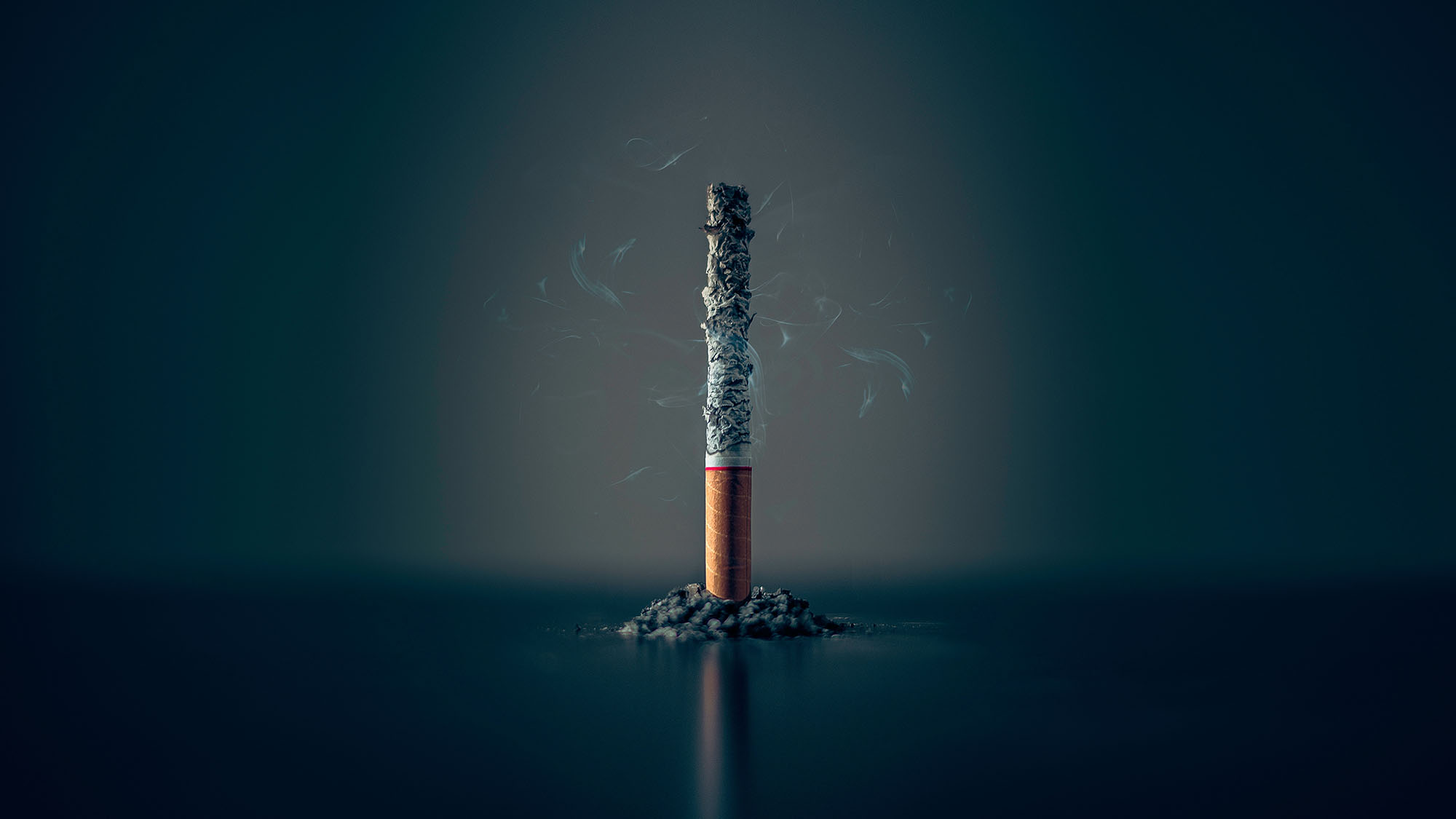A study in which researchers from the Hospital del Mar Medical Research Institute (IMIM) have participated, in collaboration with UIC Barcelona and the Catalan Institute of Oncology, has concluded that residual tobacco smoke that remains in the environment and interior surfaces could be just as harmful to health as directly inhaling smoke from a person smoking nearby.
They have reached this conclusion after observing that the levels of cotinine, a substance that our body generates when in contact with nicotine, of people exposed to residual smoke and people exposed to second-hand smoke did not present significant differences.
“Exposure to residual tobacco smoke could be a health risk comparable to exposure to second hand smoke, which has been classified as a type I carcinogen”
Cristina Lidón-Moyano, lead author of the study, UIC.
The study, a pioneer in the use of biomarkers to quantify exposure to residual smoke, has thus contributed to the fight against tobacco and has highlighted the need for information campaigns on the harmful effects of residual smoke on our health.
Cristina Lidón-Moyano, Marcela Fu, Raúl Pérez-Ortuño, Montse Ballbè, Esteve Garcia, Juan Carlos Martín-Sánchez, José A Pascual, Esteve Fernández, Jose M Martínez-Sánchez. Third-hand exposure at homes: Assessment using salivary cotinine. Environ Res 2020.






